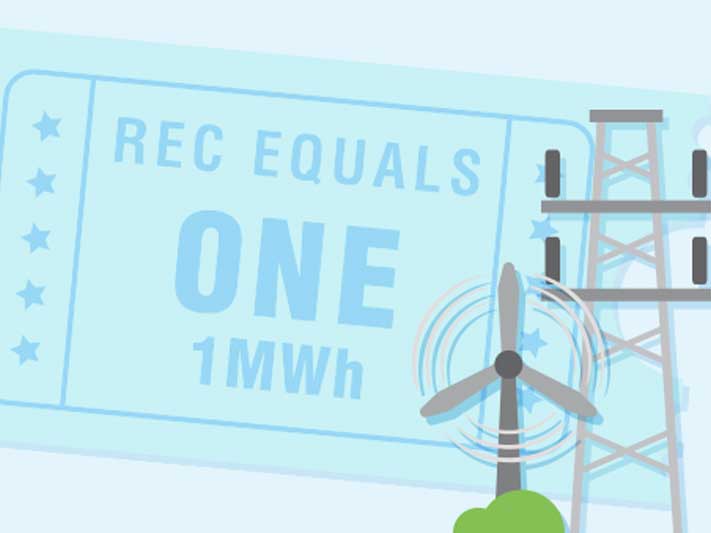 As one of our employees who focuses on LEED and Sustainability issues, Midori Fukutani, AIA, recently looked into the following information for building owners looking for ways to reduce their building’s greenhouse gas emissions. Midori states that purchasing RECs ensures that the building’s electricity is generated from renewable sources such as solar or wind power—supporting clean and renewable energy markets along the way. I wanted to share his findings here:
As one of our employees who focuses on LEED and Sustainability issues, Midori Fukutani, AIA, recently looked into the following information for building owners looking for ways to reduce their building’s greenhouse gas emissions. Midori states that purchasing RECs ensures that the building’s electricity is generated from renewable sources such as solar or wind power—supporting clean and renewable energy markets along the way. I wanted to share his findings here:
Renewable Energy Certificates (RECs) are market-based instruments that represent the ownership rights of the environmental, social and other non-power attributes of renewable electricity generation, whether installed at the organization’s facility or purchased from elsewhere. The certificates can either be bought, bartered, or sold and are uniquely identified for tracking purposes. Ownership of RECs underlies renewable energy use claims and supports the development of renewable electricity.
Why purchase RECs?
Most renewable projects send their power to the same electric grid as coal and gas-fired generators, making one kind indistinguishable from another. When you purchase power from the grid, you are receiving that co-mingled power. Buying RECs allows you to nationally “re-segregate” that power, so that the renewable power is dedicated only to you. Each certificate represents one megawatt-hour (1 MWh) of electricity generated and delivered to the shared electric power grid from a legitimate renewable energy source.
Why does the utility want to purchase RECs?
Many utilities are subject to regulations that mandate increased production of energy via renewable sources, with a set threshold and timeline for compliance called a Renewable Portfolio Standard. Under these regulations, they are allowed to apply a customer’s renewable energy production towards meeting these regulations if they own the RECs.
The difference between RECs and Carbon Offsets
RECs and carbon offsets are fundamentally different instruments in achieving sustainable goals. RECs address indirect greenhouse gas emissions associated with purchased electricity by verifying zero- or low-emission renewable sources of electricity, while offsets address direct and indirect greenhouse gas emissions by verifying global emissions reductions. Carbon offsets address the GHG emissions created by the entire existence of an organization – capturing emissions from employee commuting, business travel, and the generation of the power consumed. Each offset represents a metric-ton of displaced CO2-equivalent emissions and are subtracted from emissions to determine the net organizational emissions. Ownership of carbon offsets underlies claims of reduced or avoided GHG emissions outside of an organization’s operations.
What’s the big deal?
- Purchasing RECs helps to avoid GHG emissions.
- Consumers can still support renewable energy, even if they cannot produce it themselves and their utility does not offer a green power product.
- The renewable energy market grows with every credit purchase.
- Credits are certified by the Green-e program and can earn points with programs such as LEED.